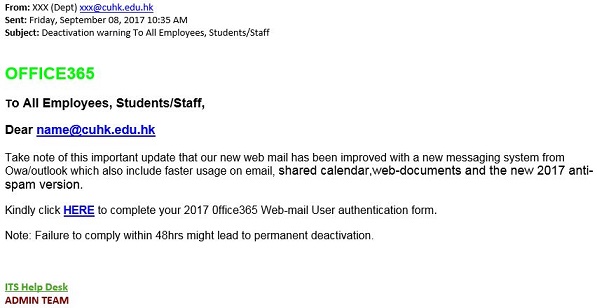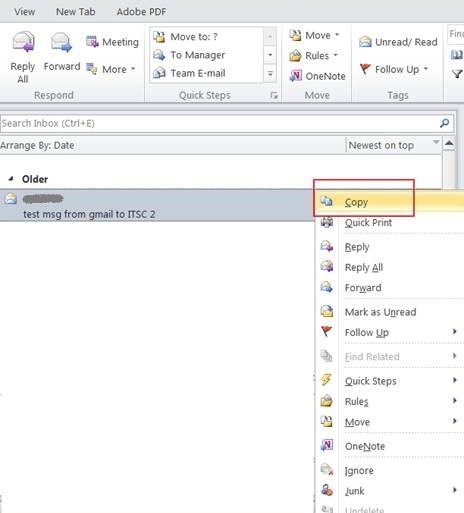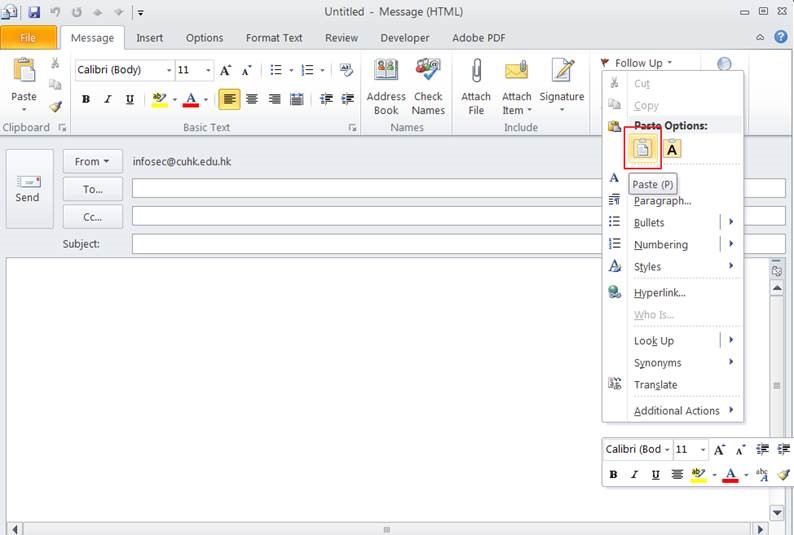Skip to Content
- Home
- About
- Services
- Top Asked
-
News
- (Resumed) Users may see intermittent delays or be unable to access Exchange Online
- Services Maintenance of MyCUHK and CUSIS on 27 Jul 8:00 p.m. to 28 Jul 12:30 a.m.
- Phishing Alert: (no subject)
- (Resumed) Microsoft Incident Report Problem On Various Microsoft 365 Apps And Services
- Scheduled Maintenance for MATLAB Network License Server on 22 July
- Contact



